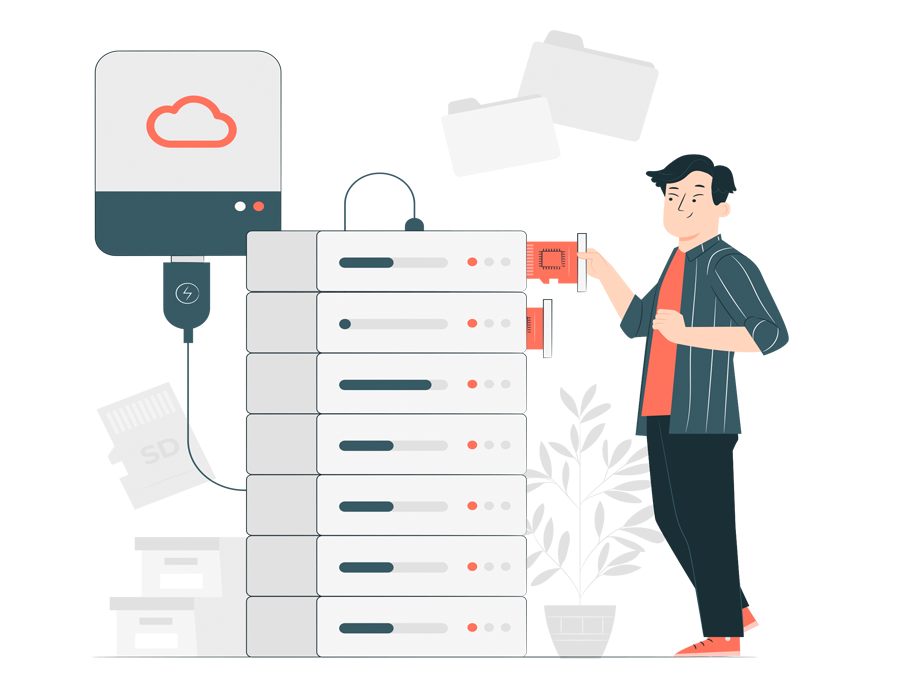Subheading: Understanding the Complexity of Home Addition Costs
Expanding your home is an exciting prospect, but it comes with its fair share of financial considerations. From materials and labor to permits and unexpected expenses, there are numerous factors that can impact the overall cost of a home addition project. By understanding these complexities, homeowners can make informed decisions and budget effectively for their expansion endeavors.
Subheading: Assessing the Scope of the Project
The first step in calculating the expense of a home addition is to assess the scope of the project. Consider the size and layout of the addition, as well as any special features or amenities you wish to include. Are you adding a single room, such as a bedroom or bathroom, or are you planning a more extensive renovation, such as a kitchen extension or second-story addition? The scope of the project will have a significant impact on its overall cost.
Subheading: Factoring in Materials and Labor Costs
Once you have determined the scope of your home addition project, it’s time to consider materials and labor costs. The cost of materials will vary depending on factors such as the quality of the materials, the size of the addition, and any custom features or finishes you choose. Labor costs will also vary depending on the complexity of the project and the rates charged by contractors in your area. Be sure to obtain multiple quotes from reputable contractors to ensure you’re getting a fair price.
Subheading: Budgeting for Permits and Regulatory Requirements
In addition to materials and labor, homeowners must also budget for permits and regulatory requirements. Depending on the scope of the project and local building codes, you may need to obtain permits for construction, electrical work, plumbing, and other aspects of the project. Permit fees can vary widely depending on your location and the specific requirements of your project, so be sure to factor these costs into your budget from the outset.
Subheading: Anticipating Hidden Costs and Contingencies
No matter how well you plan, home addition projects are notorious for unexpected expenses. From structural issues to design changes to unforeseen delays, there are countless factors that can impact the cost of a project. To account for these uncertainties, it’s essential to build a contingency fund into your budget. Experts recommend setting aside at least 10-20% of your total project budget to cover unexpected costs that may arise during construction.
Subheading: Seeking Cost-Effective Solutions
While home addition projects can be costly, there are ways to minimize expenses without sacrificing quality. Consider opting for cost-effective materials and finishes, such as laminate flooring instead of hardwood or quartz countertops instead of marble. Look for opportunities to reuse existing materials or repurpose salvaged items to save money. Additionally, consider tackling some aspects of the project yourself, such as painting or landscaping, to reduce labor costs.
Subheading: Consulting with Professionals
Finally, it’s essential to consult with professionals throughout the planning and execution of your home addition project. From architects and designers to contractors and engineers, experienced professionals can provide valuable insights and guidance to help you navigate the complexities of the project. They can also help you identify cost-saving opportunities and avoid common pitfalls that could derail your budget.
By carefully considering these factors and working with knowledgeable professionals, homeowners can accurately calculate the expense of a home addition and ensure their project stays on budget. While the cost of a home addition can be significant, the investment can pay off in increased living space, enhanced functionality, and improved resale value for years to come. Read more about cost of home addition








